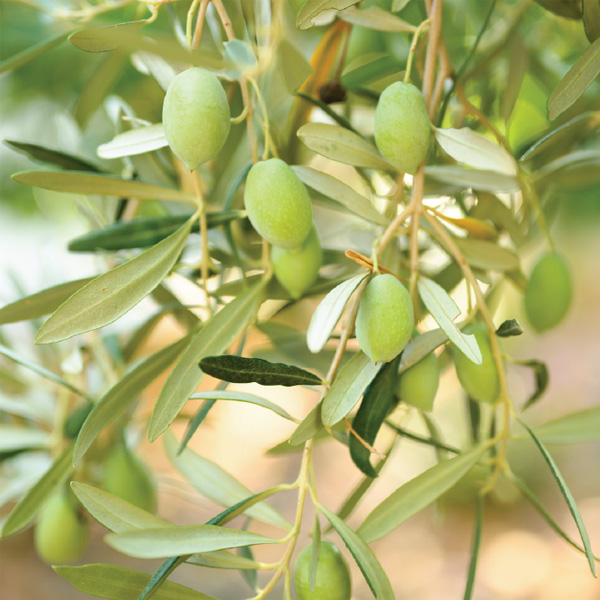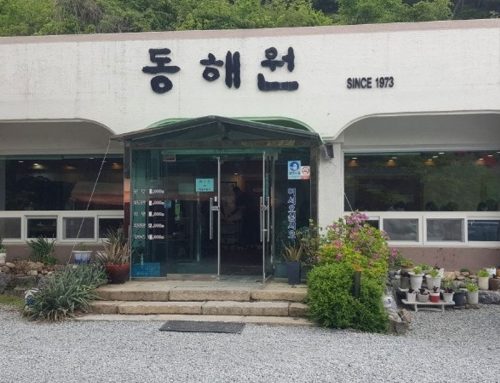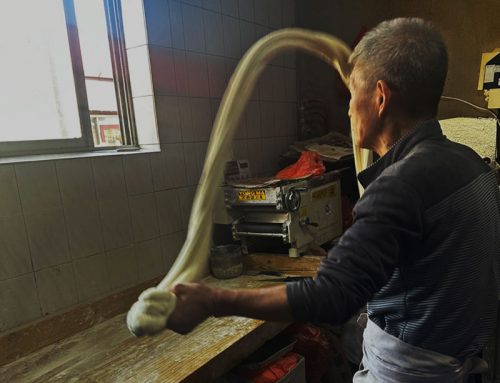이탈리아 북부에서 남부까지 스타일, 미식, 유산
남부에서 태어나 자란 남부 사람으로서, 북부 출신의 할머니가 있다는 것은 음식 (특히 전통적인 이탈리아 가정식 음식)에 대해 많은 지식을 얻는 데 큰 이점이 되었다. 두 할머니 중 한 분만 언급한 이유는 다른 한 분은 내 어머니와 같은 스타일로 요리하시기 때문이다. 어머니와 할머니는 모두 남부 출신이니까… 아이러니하게 들릴 수 있지만, 이 할머니의 토마토 소스는 어머니가 만든 것과 다르다. 어머니가 그녀의 어머니에게서 배웠음에도 불구하고 말이다.
90년대로 돌아가 생각해보면 조부모와 손자의 관계가 지금보다 훨씬 더 가까웠다. 보통 이탈리아에서는 조부모가 아들 딸보다 손자를 더 사랑한다. 나는 당시 10대였던 나는 조부모님 댁을 자주 방문했고, 매주 수요일 오후 1시에는 조부모님과 항상 점심을 먹곤 했다. 나의 할아버지는 늦는 사람을 기다려 주지 않으셨기 때문에 시간을 엄수해야만 했다.
나는 할머니가 우리를 위해 만드신 요리 먹는 것을 좋아했기 때문에 한 번도 늦은 적이 없다. 스타터부터 과일, 디저트까지 풀 코스 식사였다. 음식을 한 입 먹을 때마다 나는 항상 할머니의 토마토 소스 파스타에 대해 궁금해했다. 두 파스타가 똑같아 보여도 어머니가 만드시던 토마토 소스 파스타와 맛이 매우 달랐다.
15살 정도였던 나는 그 차이의 이유를 깊이 파고들 만큼 호기심이 많지 않았다. 토마토 소스 파스타는 모든 이탈리아 가정의 가장 흔한 점심 메뉴였다. 토마토 소스 파스타는 우리에게 같은 나라에 속해 있음을 느끼게 해주는 음식 문화였으며 자부심을 갖게 만드는 메뉴이기도 했다. 그래서인지 내 머릿속에서는 두 파스타가 이렇게 다르게 맛이 날 수 있다는 것이 이해되지 않았다. 차이가 조금만 있었더라도 각자 사용하는 향신료의 양이 다르기 때문에 개인적인 레시피 차이일 것이라고 생각했을 뿐이었다. 그러나 나이가 들수록 이 차이가 개인적인 레시피의 문제가 아니라는 것을 깨달았다. 이 차이는 뿌리, 즉 나의 할머니는 이탈리아 북동부 출신이셨고 어머니는 남부 출신이라는 데서 기인한 것이었다.
앞서 말했듯이, 이탈리아에서 가장 기본적이고 대표적인 요리는 토마토 소스 파스타이다. 그러나 지역에 따라 맛이 다양하게 달라지는 것이다.

이탈리아 북부에서 주로 사용되는 마조람
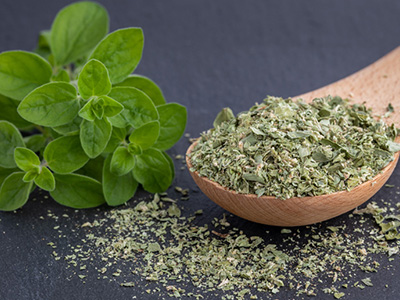
이탈리아 남부에서 주로 사용되는 오레가노
이탈리아의 각 지역마다 고유한 레시피가 있겠지만, 일반적으로 이탈리아 북부와 남부라는 두 개의 큰 지역으로 구분을 하는 것이 가능하다.
이탈리아 북부에서는, 특히 과거에는 토마토 소스의 기본 재료로 올리브유를 사용하지 않았다. 대신 돼지 지방이나 버터를 사용했다. 이는 올리브유가 이탈리아 남부의 전통적인 제품이었기 때문에 그렇다. 선택한 지방이 녹으면 셀러리, 당근, 양파를 추가했다. 이들은 “오도리”라고 불리며, 후추, 큐민 등의 향신료가 아닌, 소스에 달콤한 뒷맛을 더해주는 채소들이다. 이들이 볶아지면 토마토 소스를 넣고 졸아들 때까지 조리한다.
이탈리아 남부에서는 위에서 언급했듯이 토마토 소스의 기본 재료로 올리브유를 사용하고, 여기에 마늘이나 양파, 때로는 둘 다 함께 볶는다. 셀러리나 당근은 사용하지 않는다. 그 결과로 훨씬 덜 달콤한 소스가 만들어진다.
이 두 소스의 마지막 차이점은 허브의 사용이다. 북부에서는 마조람을, 남부에서는 오레가노나 바질을 사용한다.
그러나 차이점은 소스에만 국한되지 않는다. 면, 즉 면발의 종류에서도 차이가 있다. 이탈리아 북부에서는 밀가루와 달걀을 섞어 반죽을 만들어 파스타 모양을 만든다. 파스타 반죽에 달걀이 포함된 것은, 이탈리아 북부 지역이 일반적으로 더 부유했기 때문에 요리사들이 달걀을 사용할 수 있었기 때문이다. 이탈리아 남부에서는 반죽을 세몰리나와 물로 만들어 파스타 모양을 만든다. 북부와 남부 스타일 파스타의 두 재료가 모두 다르다고 볼 수 있다.
파스타 모양에 대해 말하자면, 남부나 북부에서 전통적으로 사용되는 형태로 나눌 수 있다. 스파게티와 펜네는 각각 남부의 전형적인 긴 면과 짧은 면이다. 탈리아텔레(긴 납작한 파스타 면)와 마케론치니는 각각 북부의 전형적인 긴 면과 짧은 면이다.
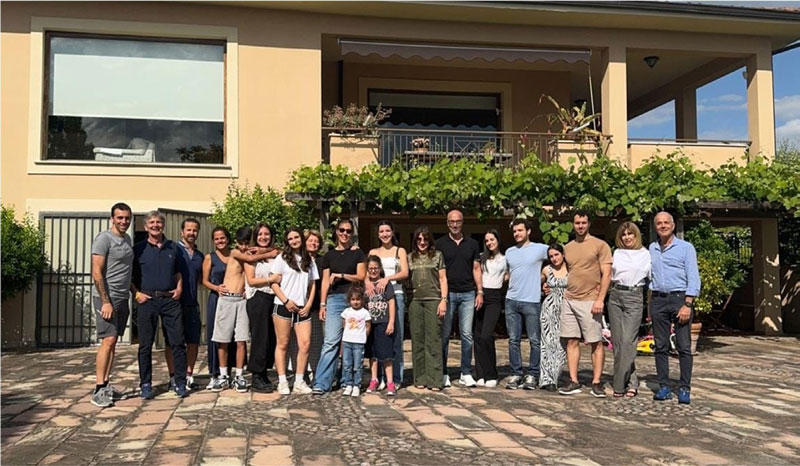
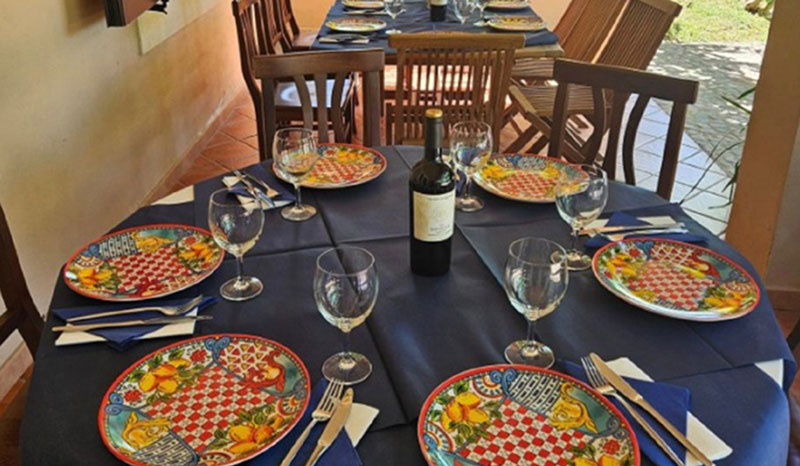
가족 간의 유대를 중시하는 이탈리아 3대가 모인 탐부리니 가족과 식탁 세팅
위에서 언급한 모든 차이점은 오늘날 더 이상 그렇게 뚜렷하지 않다. 예를 들어, 북부의 모든 슈퍼마켓에서 올리브유를 찾을 수 있으며, 건강에 좋다고 여겨지기 때문에 북부 사람들도 돼지 지방 대신 파스타 소스를 요리할 때 올리브유를 사용한다.
세계적으로 유명한 볼로네제 소스는 탈리아텔레나 라자냐에 사용하는 전형적인 고기 기반 토마토 소스였으며, 사실 볼로냐는 이탈리아 북부의 첫 번째 지역 중 하나인 에밀리아-로마냐 지역의 수도이다. 소스의 기본은 기본 토마토 소스를 설명할 때 언급한 셀러리, 당근, 양파 조합을 포함한다. 남부 이탈리아에도 자체 라자냐가 있지만, 고기 기반 토마토 소스는 약간의 차이점을 가지고 있다. 가장 중요한 차이점은 셀러리나 당근을 사용하지 않고, 볼로네제 소스 처럼 고기가 갈아서 사용되지 않는다는 점이다. 대신 고기가 통째로 조리된다.
토마토 소스 파스타는 전통적으로 위에 갈린 치즈를 뿌려서 제공한다. 이런 조리법은 남부 이탈리아 음식의 또 다른 대표작인 피자 마르게리타에서도 재현된다. 이 피자는 토마토 소스와 모짜렐라, 즉 남부 이탈리아의 상징적인 치즈가 들어간 요리이다.
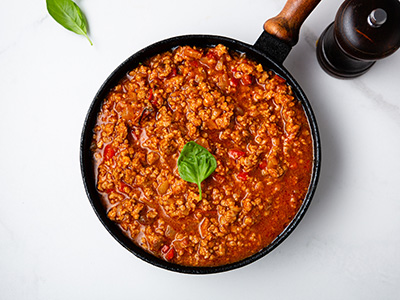
고기를 갈아 만든 북부 볼로냐식 라구 소스
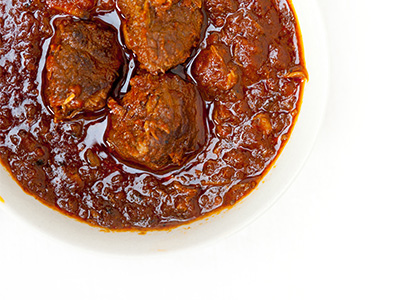
고기를 덩어리로 넣어 만든 나폴리식 토마토 소스
As a guy from the south, born and grown in the south, having had a grandmother from the north has been an enormous advantage in terms of getting expertise on food, especially in traditional Italian comfort food. I have mentioned only one of the two grandmothers because the other one cooks the same style my mother does, being a mum and daughter from the South. As ironic as it might sound, the tomato sauce from this grandmother still differs from the one that my mum makes, even though my mum herself learned from her mother.
Back in the 90’ the relationships between grandparents and grandkids were much closer than what they seem to be today. In Italy, they indeed say grandparents love grandkids more than their own sons and daughters. As a grandkid who was teenager in those days, I can personally witness such situation. In fact, while I would visit my grandparents house anytime of the day and any day of the week, I used to have an established lunch every Wednesdays at 1pm. My grandfather would not wait any minute longer, hence I had to be very punctual.
I have never been late because I loved eating what my grandmother cooked for us. It was a full course meal, from starters to fruits and desserts. While enjoying every single bite the food, I have always wondered about her tomato sauce pasta: it tasted very different from the tomato sauce pasta my mother used to make, even though both the pastas would look the same.
I was around 15 years and not so curious to investigate about the reasons the pastas had different flavors. Tomato sauce pasta is the most common lunch dish for every Italian family, one of the few things that makes us to be proud and to feel we belong to the same nation. In my mind, it just didn’t make sense they could taste so different. If the difference was just little, I would just think it was a matter of personal recipe where each of us might use a different amount of the same or similar spices. Yet, the older I got, the better I understood it was not a matter of personal recipe. Rather, it depended on the roots: my grandmother was from the northern east region of Italy, while my mother is from the south.
As I said, the most basic and typical Italian dish is the tomato sauce pasta ; yet, depending on where you eat it, you will come across a different taste.
While every single sub-region of Italy would have its own recipe, it is still possible to introduce a general distinction between the two macro-areas of North and South. In the North of Italy, especially in the past, cooks would not use olive oil as base for the sauce. They would rather use pork fat or butter. This can be explained by the fact the olive oil is a product which is typical from the south of Italy. Once melted the fat of their choice, they would add celery, carrots, and onions. These are called “odori”; they are not actually spices like pepper, cumin, etc…but vegetables that give to the sauce a sweet aftertaste. Once they get toasted, the tomato sauce is added and cooked till reduced.
In the South of Italy, as mentioned above, the base of the sauce is represented by the olive oil in which you blond either garlic or onion, or sometimes both together. No celery, and no carrots. The result is obviously a less sweet sauce.
One last difference between the two sauces is the use of the herbs : in the north marjoram in the north and oregano or basil in the south.
But it is not only about the sauce. It is also about the pasta, i.e. about the kind of noodle. In the north of Italy, the dough from which you obtain the pasta shapes includes flour and eggs. The presence of the eggs in the pasta dough has been explained by the fact norther parts of Italy have normally been wealthier and cooks could afford to use eggs for making pastas. In the south of Italy, the pasta shapes are typically obtained from a dough made of semolina and water. As you can notice, both the two ingredients of the north and south style pastas are different.
Talking about pasta shapes, even these can be categorized as traditional from the south or north : spaghetti and penne are two typical long and short shapes respectively from the south; tagliatelle (long flat pasta strings) and maccheroncini are typical long and short shapes respectively from the north.
All the differences mentioned above are obviously not so evident anymore; in fact, just as an example, you can find olive oil in every supermarket in the north; actually, because it is considered healthier, even people from the north use olive oil as fat to cook pasta sauce instead of the pork fat.
The world-wide famous Bolognese sauce, a sauce you can use for tagliatelle or for lasagnas, represented a typical meat-based tomato sauce from the north. In fact, Bologna is the capital of Emilia-Romagna region that is one of the first northern regions of Italy. The base of the sauce includes the carrots, celery, onions combination as I have described when talking about the basic tomato sauce. Mind you, even the south of Italy has its own lasagna…but of course, the meatbased tomato sauce presents some differences. The most important of these are the fact that no celery or carrot is used and the fact that the pieces of meat are not grounded as it happens in the bolognese sauce; rather they are cooked in their whole entirety.
The tomato sauce pastas are traditionally served with a shower of grated cheese on the top : these exact flavors are indeed reproduced by another staple of Southern Italian food, the pizza margherita, this one involving tomato sauce and mozzarella…which is an iconic Southern Italian cheese.

Giovanni Tamburrini (지오반니 탐부리니)
이탈리아 남부에서 태어나 자란 탐부리니 박사(법학 석사 및 박사)는 법률 분야에서 전직 학자였다.
그는 한국 고려대학교에서 3년간 경영 윤리 및 법을 가르친 후, 2015년 서울에 이탈리아 레스토랑인 Brera를 설립했는데 그 이유는 제대로 된 이탈리안 파스타를 만들고 한국인들에게 맛보게 하기 위해서다.
현재 그는 서울과 이탈리아를 오가며 주로 식재료, 품질 관리, 마케팅, 연구개발(R&D), 대외 홍보 역할을 담당하고 있다.
Dr. Tamburini(LLM and Ph.D) is a fomer academic in the legal field. After teaching business ethics and law in Korea for 3 years, in 2015 he decided to establish an Italian restaurant in Seoul: Brera. Nowadays his role in the company is mainly quality control, marketing, R&D and public relation.



